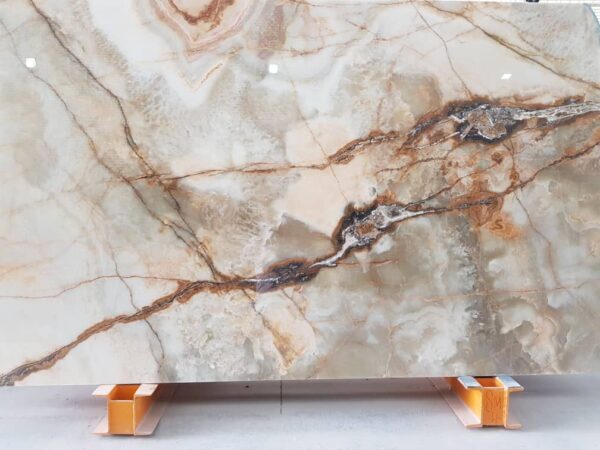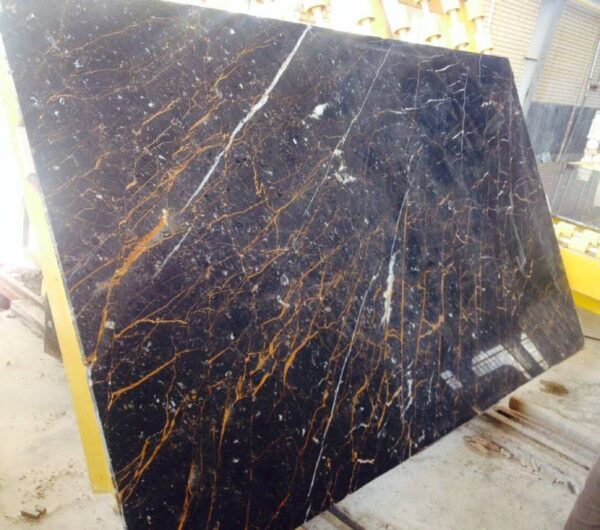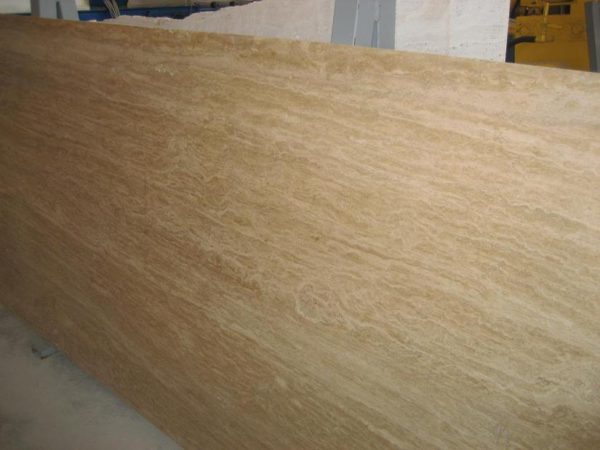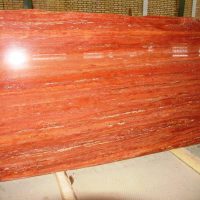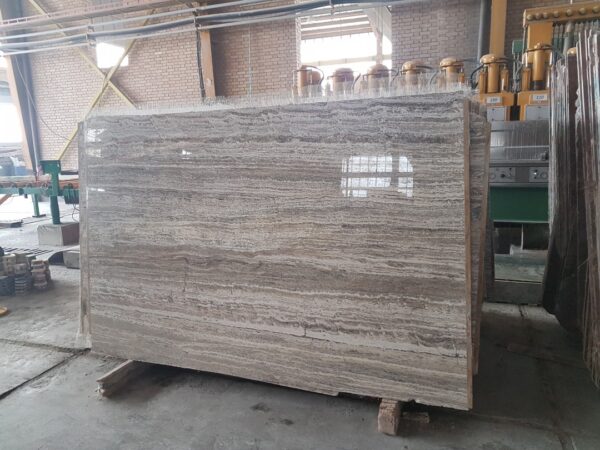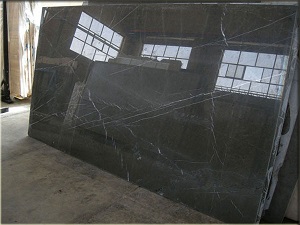Does Limestone Turn into Marble? Understanding the Transformation
The Fascinating Process of Limestone Becoming Marble
Limestone and marble are two common natural stones used in construction, architecture, and design. But did you know that marble is formed from limestone? The transformation of limestone into marble is a natural process that takes place over millions of years. This metamorphic process involves a combination of heat, pressure, and chemical reactions that cause the limestone to crystallize and turn into marble.
Understanding how limestone turns into marble can give you a greater appreciation for this stunning stone and its unique qualities. Whether you’re considering marble for your home or just curious about the geological processes that shape our world, this information is both educational and intriguing.
The Metamorphic Journey: From Limestone to Marble
Heat and Pressure: The Key Factors in the Transformation
The transformation of limeston into marble begins deep within the Earth’s crust. Limestone, which is primarily composed of calcium carbonate, is subjected to intense heat and pressure over long periods. These conditions are typically found in areas of the Earth’s crust where tectonic plates collide, creating the necessary environment for metamorphism.
As the temperature and pressure increase, the minerals within the limeston begin to recrystallize. This process alters the texture and structure of the stone, resulting in the formation of interlocking calcite crystals. It is this recrystallization that gives marble its distinctive, fine-grained texture and its ability to be polished to a high sheen.
Iranian White Pearl Marble stone, tile, or slab for export
Chemical Reactions: Enhancing the Marble’s Unique Appearance
In addition to heat and pressure, chemical reactions also play a crucial role in the formation of marble from limestone. During the metamorphic process, impurities within the limestone, such as clay, silt, sand, or iron oxides, can react with the surrounding minerals. These reactions often result in the creation of new minerals, such as mica, quartz, or graphite, which can add to the color and veining patterns found in marble.
The presence of these impurities and the varying conditions during metamorphism are what give each marble its unique appearance. For example, the famous white Carrara marble from Italy is formed from limestone with few impurities, resulting in its pure, uniform color. On the other hand, richly colored marbles like the green marble from India or the red marble from Spain owe their striking hues to the presence of specific minerals and elements.
Why Marble Is So Highly Valued
Durability and Strength: The Benefits of Metamorphism
One of the reasons marble is so highly valued in construction and design is its durability. The metamorphic process that transforms limeston into marble also increases the stone’s density and strength. Marble is more resistant to scratches, cracks, and weathering than limestone, making it an ideal material for flooring, countertops, and other high-traffic areas.
Aesthetic Appeal: The Timeless Beauty of Marble
In addition to its strength, marble is prized for its timeless beauty. The recrystallization process not only enhances the stone’s durability but also gives it a stunning, polished finish that reflects light in a way that limestone cannot. The unique patterns and colors found in marble make it a popular choice for everything from sculptures to luxury home interiors.




